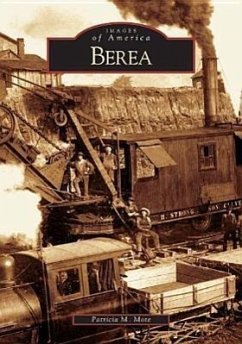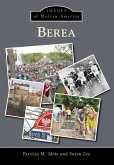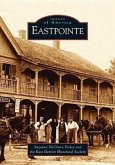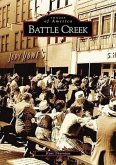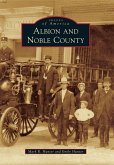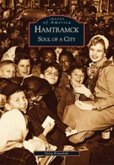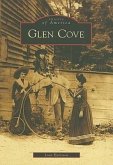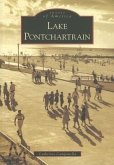Quarrying was a major industry from roughly 1850 to 1950 in Berea, attracting large numbers of immigrants in search of work. Baldwin Institute and University (1846) and German Wallace College (1863) created an academic atmosphere, and Berea's citizens became an eclectic and resilient mix of academics, business people, and immigrants. Eventually, quarrying ended, and the downtown business district, the Triangle, was nearly destroyed by fire three times. Each time the determined residents of Berea rebuilt. Today, Berea is a unique Cleveland suburb.
Hinweis: Dieser Artikel kann nur an eine deutsche Lieferadresse ausgeliefert werden.
Hinweis: Dieser Artikel kann nur an eine deutsche Lieferadresse ausgeliefert werden.

